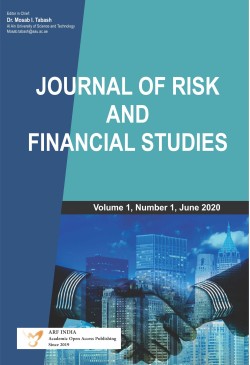This paper aimed at examining the effectiveness of microfinance loans extended to rural women by Gadarif Microfinance Institution (GMI), in Gadarif State Sudan, with the purpose of empowering socioeconomic conditions of rural women. By empowerment we mean the ability of women to possess the necessary resources to enable them to participate viably in economic and social decisions, at the family and community levels. For realization of this purpose, the study used a mixed approach for data collection; i.e. paper–pencilquestionnaire which was used for the collection of quantitative data. Moreover, the qualitative approach was used, relying on Focus Discussion Group (FDG) and direct observations.
The collected data, was, analyzed by using statistical methods (AMOS). After analyzing the collected data, the study ascertained many findings supplemented with effective suggestions as corrective measures. The worth noting finding is that, microfinance projects were contributed significantly to increasing the economic and social empowerment of rural women in Gadarif state, and this was evidently depicted and supplemented by the results of the statistical analysis, which confirmed that, the results matched the hypothesis of the study, and more importantly, the results of the qualitative analysis supported the
quantitative results with the presence of some problems that to some extent limited to the wide range operations of economic and social empowerment of rural women at macro level. Therefore, an immediate tackling of these problems is called for to ensure an effective comprehensive implementation of microfinance projects in the country at large.
Keywords: Microfinance, institution, empowerment, socioeconomic, rural women
Gasim Alfaki Ali & Moham ed Idris Osman (2022). Role of Microfinance in Socioeconomic Empowerment of Rural Women in Gadarif State –Sudan (Some Imperial Evidences). Journal of Risk and Financial Studies, Vol. 3, No. 2, pp. 135-149. https://doi.org/10.47509/JRFS.2022.v03i02.03
